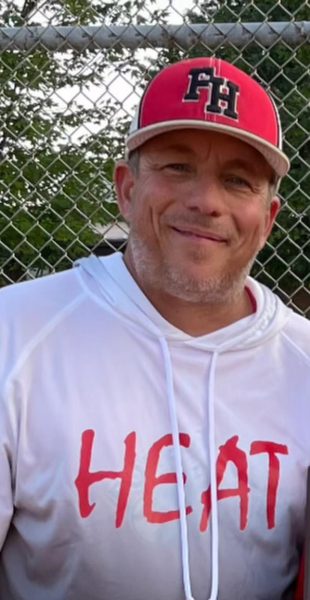Using structure to determine face shape
February 16, 2021
“Knowing your face shape can be very helpful. It can help you decide life’s toughest questions like which haircut is most flattering on me? Which makeup will make me look most natural? And it just might be the answer to finding your favorite pair of glasses,” says Today.
Inverted triangle: According to Today, this face shape is “typically narrow at the chin and wide at the forehead” with the chin being an emphasized feature.
Heart-shaped: Like the inverted triangle, the heart-shaped face shape is narrow at the chin with a wide forehead, as said by Today. Byrdie continues this by adding, “A heart shape gradually decreases in width so that the jawline is the narrowest.” Byrdie then emphasizes the idea that heart-shaped faces “tend to have a pointed chin, with the forehead being the widest part of the face,” meaning that “The length of the face is slightly longer than the width at the cheekbones and forehead.”
Round: This face shape, as stated by Today, consists of “the same width cheeks and forehead,” which will make the cheeks appear more prominent. Byrdie furthers this comment by saying “a round face is just a square-shaped face with softer angles” that is “characterized by a wide hairline and fullness below the cheekbones and have no major angles or edges.” When determining if the face is round, a person should, according to Byrdie, check if “the sides of [the] face curve slightly outward instead of inward.”
Square: When the face is as wide as it is long, but with a more angular shape than a round face, says Today. The Cosmopolitan continues this thought by stating, “Square face shapes typically feature a strong and squared jawline” and includes a forehead that is “approximately the same length as your jawline.” Today adds to their previous statement by saying “Square face shapes are similar in appearance to a round face, but have a more pronounced, wide jawline. A square face has very minimal curves to it.”
Oval: Today explains that an oval-shaped face is when a face is “longer than it is wide.” Byrdie chimes in, stating “people with oval faces will have foreheads that are only a tiny bit wider than their curved chin.” Byrdie claims that this shape is “similar to an oblong face but with a softer chin and more curve to the sides of the face.” Byrdie then states that “the cheekbones look more prominent in this facial shape as it is the widest part of the face.”
Rectangular: “If your forehead and lower face are the same shape, with very long sides, you have an oblong face shape,” says Today. On occasion, says Byrdie, these faces can be referred to as “oblong.” Byrdie continues by stating this shape is like that of the square but has a face longer than it is wide. The rectangular structure, according to Byrdie, has a “defined jawline with distinct, sharp features” where the “forehead, cheeks, and jawline are approximately the same width” and the chin “has a very slight curve.”
Diamond: If your face is widest at the cheekbones and you have a narrow forehead and jawline of approximately equal widths, then you have a diamond shape, according to Today. Byrdie explains that if someone were to draw lines “connecting the center of [the] hairline to [the] cheekbones and down to [the] chin, it would create a diamond shape.” Byrdie claims that diamond faces “typically have a pointed tip and high cheekbones.”
Sources:
https://www.today.com/style/what-my-face-shape-learn-how-determine-your-face-shape-t139826












